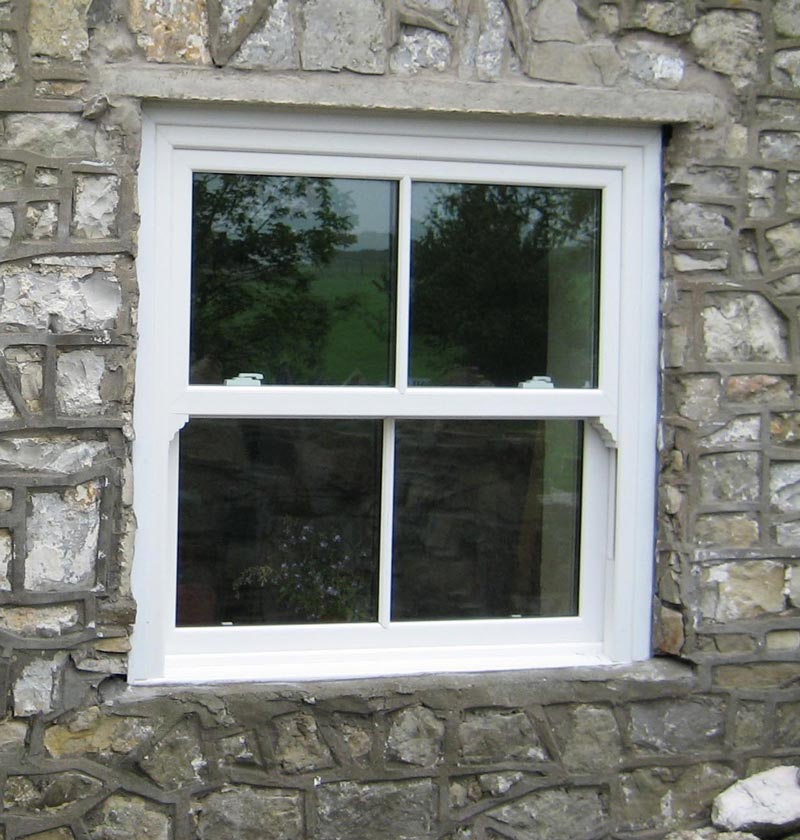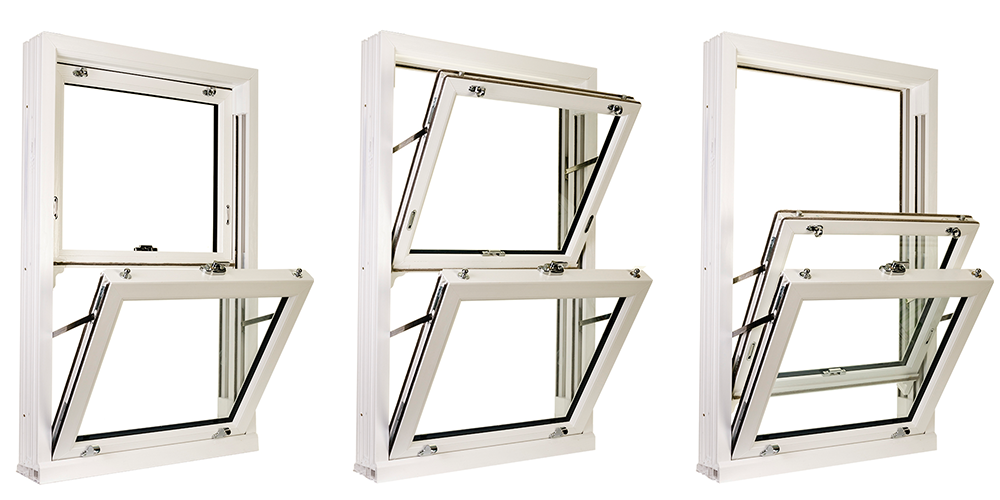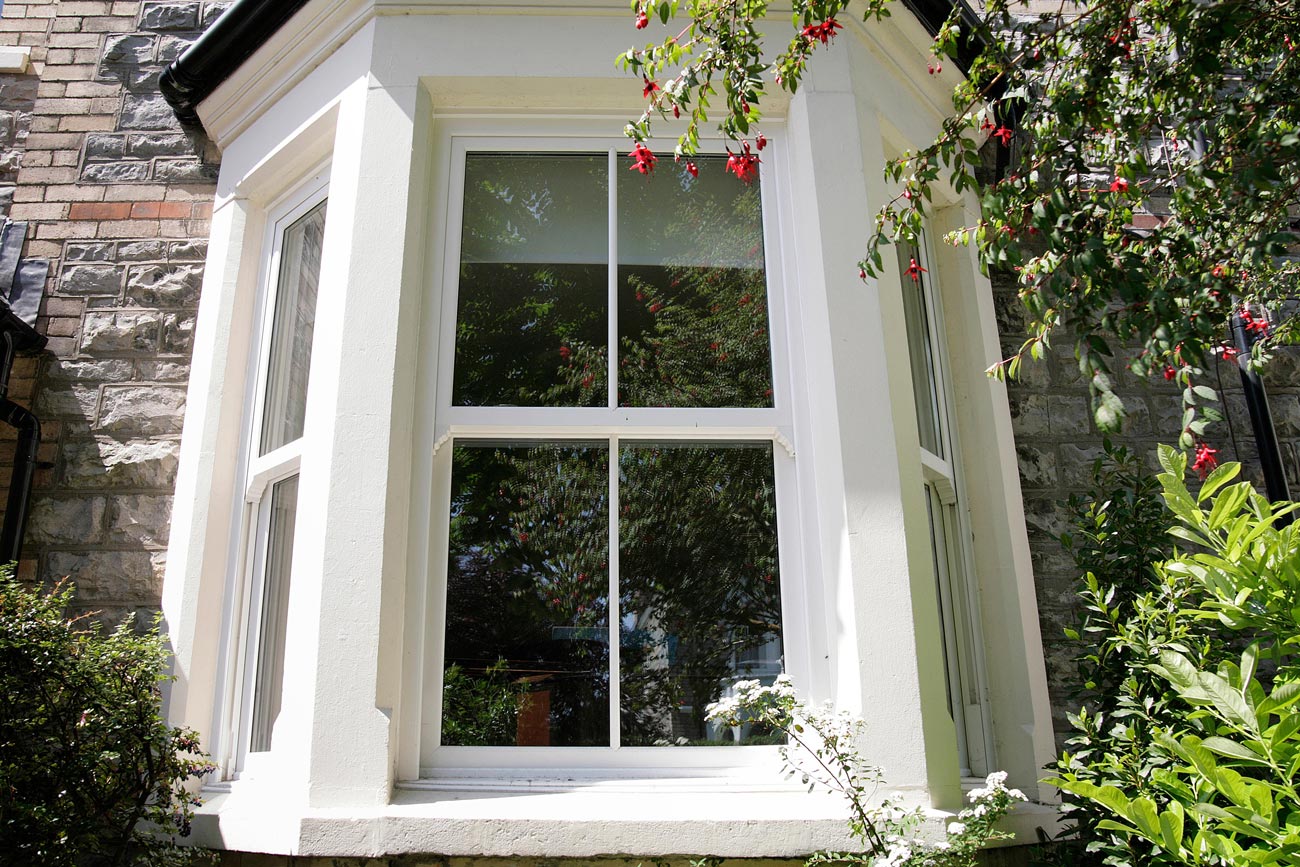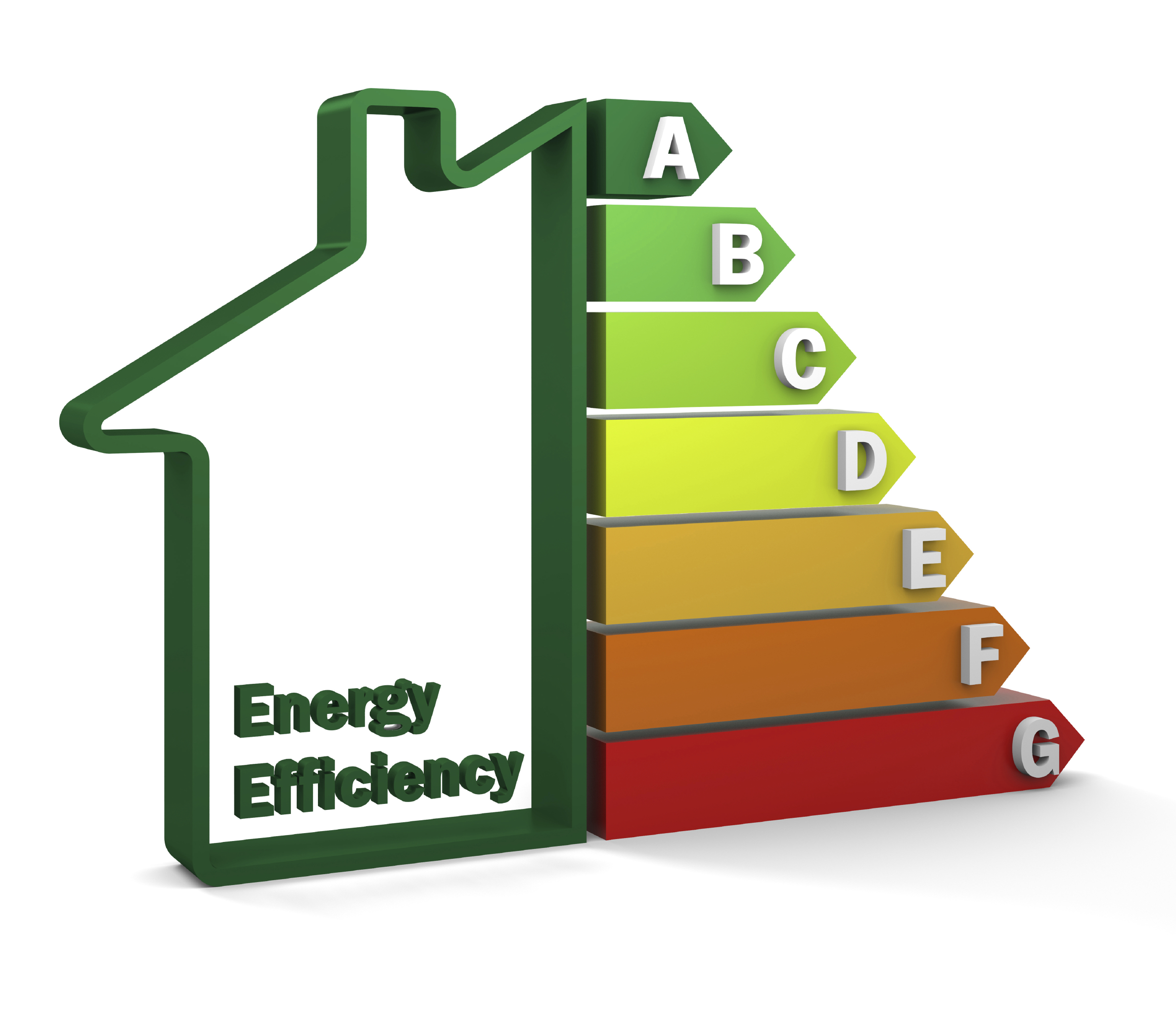What is the difference between sash windows and casement windows?
June 21, 2022
If you’ve been shopping around for new windows you probably came across a variety window types, which may or may not be new to you. One of the most common questions we get asked here at Slidex is “what is the difference between sash windows and casement windows?”.
In order to provide a better understanding for customers that want to explore their window options, we have put together this article to highlight the main differences between the two window types and explain the benefits as well as disadvantages associated with them.
Both UPVC casement as well as UPVC sash windows function in their own ways, which will be useful depending on your circumstances and preferences.
UPVC Casement Windows
Whilst it doesn’t necessarily means its any better, casement windows have traditionally been the most common type of windows you will find in the UK, today and in the past.
The core functions, advantages and disadvantages of UPVC casement windows are:
- Casement windows normally open outwards.
- They can open inwards, but this is uncommon.
- Each opening is supported by two hinges (also known as friction stays).
- Openings can be equipped with a variety of security features such as hinge protectors, single or double espag locks and key lockable handles.
- Openings can have standard hinges, easy clean hinges for higher floors and 90 degree egress hinges for easy escape.
- The design range is endless, customers and choose almost any type of design.
- Casement windows are usually the cheapest type of windows amongst tilt turn windows and sash windows.
- The numerous mechanical parts (hinges, handles, locks) of a casement window requires maintenance in their own ways individually as they have different lifetimes.
UPVC Sash Windows
UPVC Sash windows are becoming more and more popular by the day. Existing timber sash windows are usually found in traditional properties and costs higher than casement windows. However, thanks the development of machinery in the window industry, the speed of production and simplification of fabrication, UPVC sash windows are a new alternative to timber sash windows and are now easier to make than before, which means it is becoming more accessible financially to a wider consumer base.
The core functions, advantages and disadvantages of UPVC sash windows are:
- Sash windows slide up or down, or both, and therefore save a lot of space.
- They usually have lesser moving parts than a casement window, which means lesser maintenance.
- The locking mechanism is visible and usually consisting of one lock in the middle, or two locks (one on either side), depending on the width.
- Sash windows usually have a wider opening for greater ventilation and emergency escape, but it can get heavier.
- They are limited in design, usually not more than about a dozen.
- The tilt function of modern UPVC sash windows gives access to the external of the windows which makes it easier to clean.
- In general, sash windows are aesthetically more pleasing providing better views than casement windows.
Overall, provided that your windows are maintained well, the chances are you will use them for years and years. Ensure that the moving parts of either a casement or sash window are regularly maintained and free from excessive dust, rust or other obstructive particles that may prevent movement.
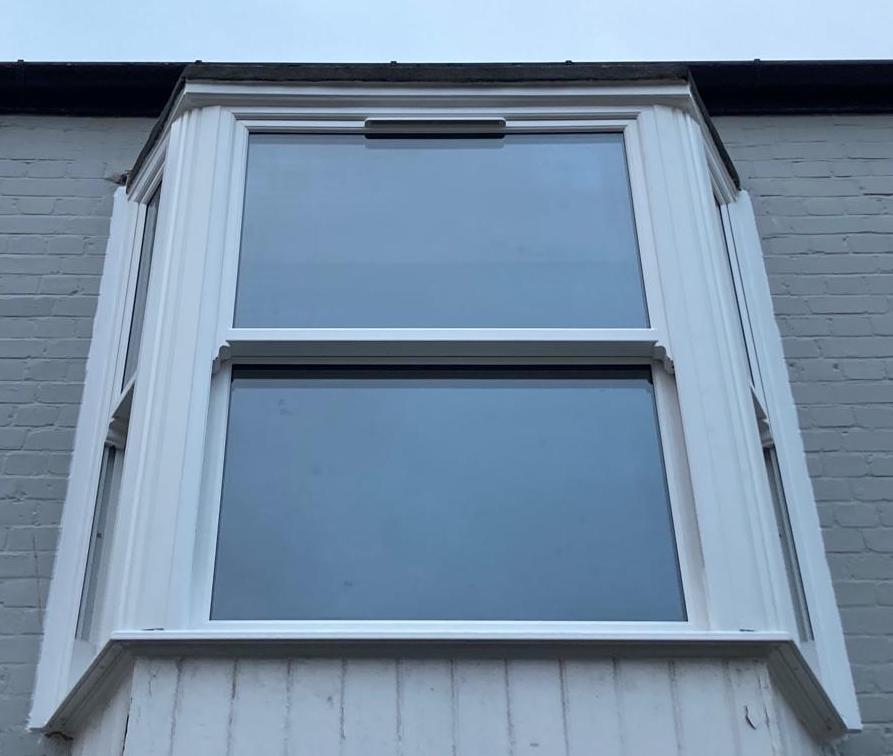
Recent News
Get in touch to discuss your requirements or to arrange a free quotation

SlideX
SlideX UPVC vertical sliding sash windows are thermally efficient and environmentally-friendly units which mimic the aesthetic appeal of a classic timber box sash window, but deliver all the benefits of a modern PVC-U system.
SlideX is managed & powered by Ada Windows Ltd a registered company in England with company number 09755397. Ada Windows Ltd Fensa number 36583. All images displayed are for illustration purposes.All rights reserved.


